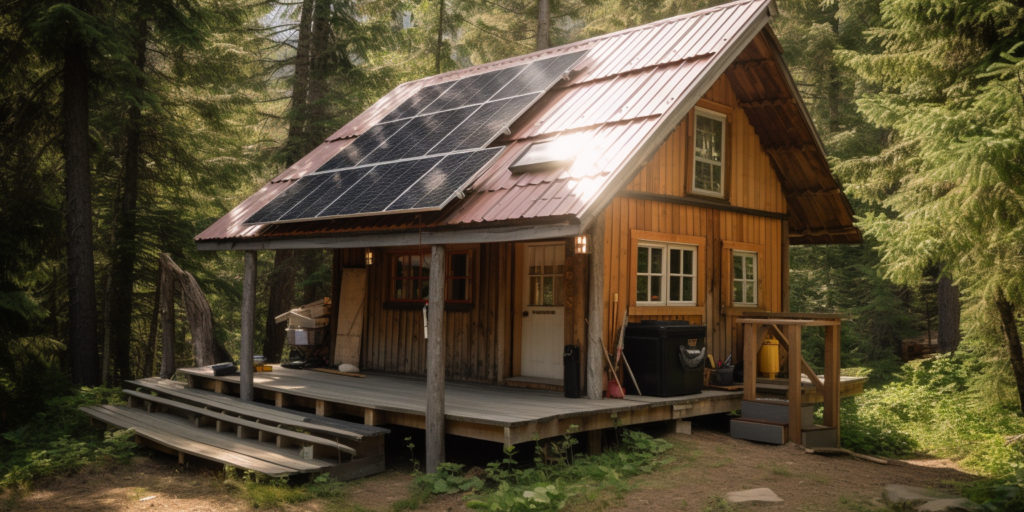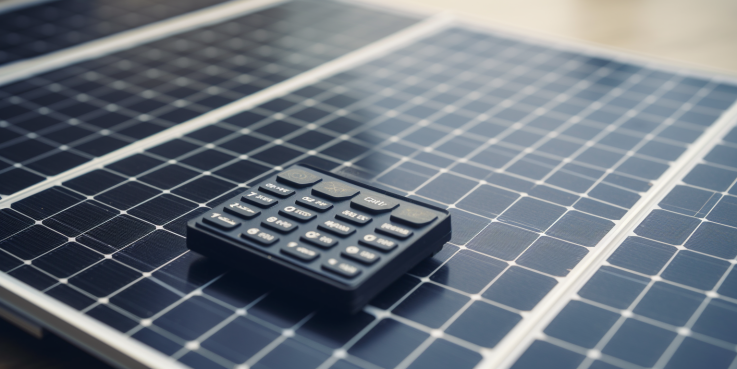
NOLA Solar Power
Schedule YourFree Consultation
Off-Grid Solar Systems
This renewable energy source is not only sustainable but also eco-friendly, reducing your carbon footprint and contributing to a cleaner environment. There are several key components that make up an off-grid solar system. The most important component is the solar panels themselves, which are responsible for capturing the sun’s energy and converting it into electricity.
These panels are typically installed on the roof of your home or in an area with maximum exposure to sunlight. In addition to the solar panels, you will need a charge controller to regulate the flow of electricity from the panels to the batteries.
The charge controller ensures that the batteries are not overcharged or drained, prolonging their lifespan and optimizing their performance. Speaking of batteries, they are another crucial component of an off-grid solar system. The batteries store the electricity generated by the solar panels, allowing you to use them during times when the sun is not shining, such as at night or during cloudy days. The size and capacity of the batteries will depend on your energy needs and the amount of electricity you want to store.
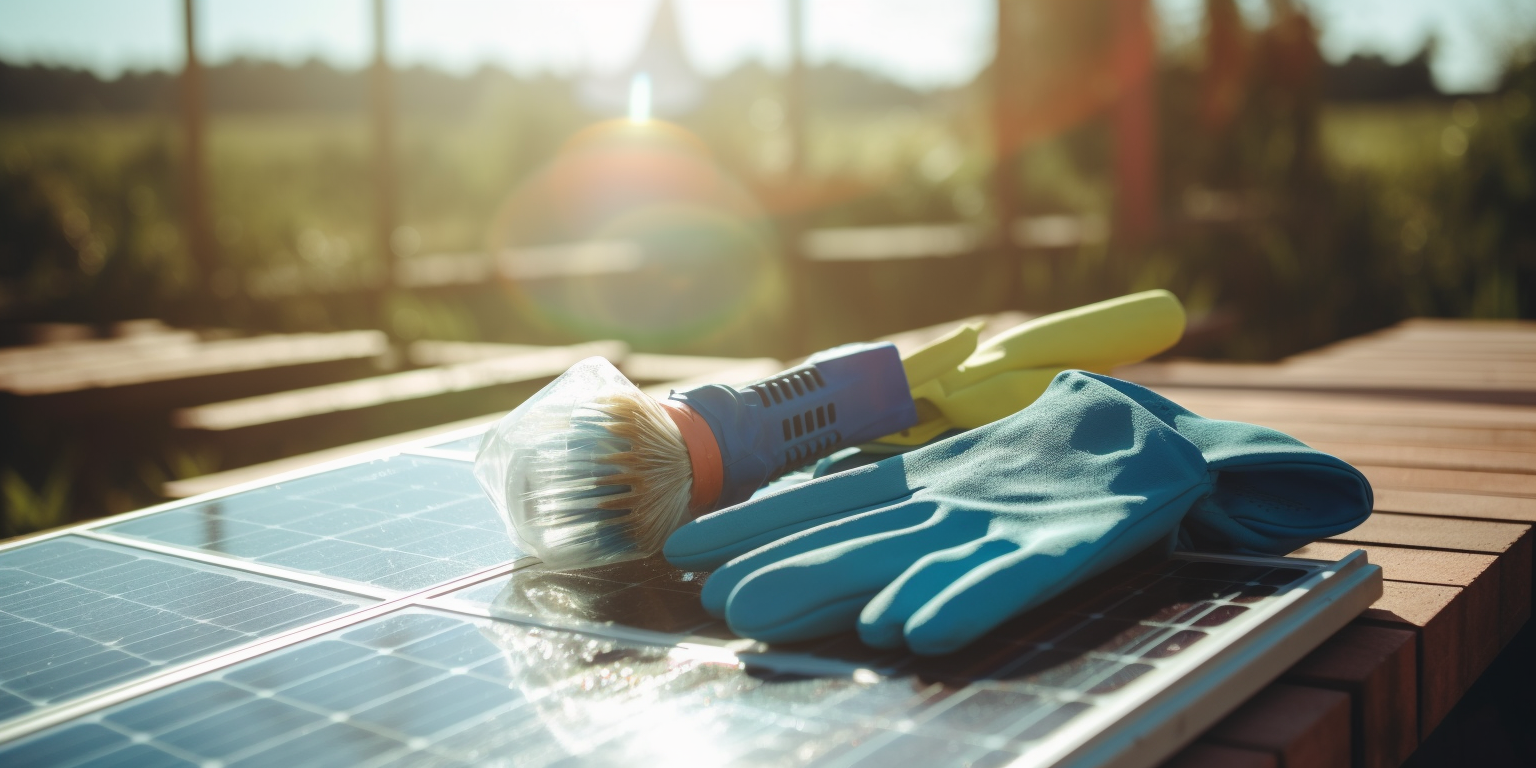
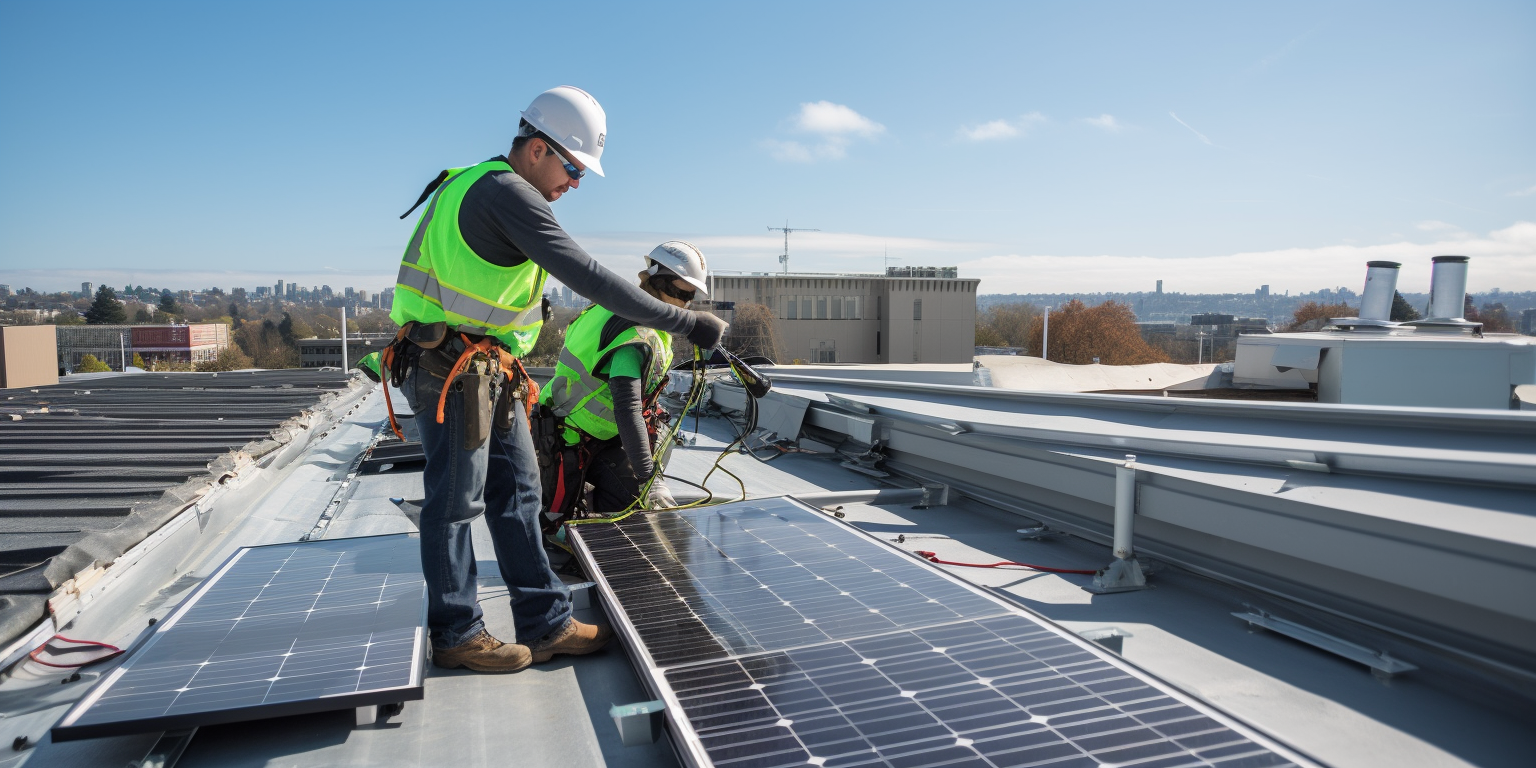
To convert the stored DC (direct current) electricity from the batteries into AC (alternating current) electricity that can be used by your home’s appliances, you will need an inverter. The inverter takes the DC electricity and converts it into the appropriate voltage and frequency for your household devices. While off-grid solar systems offer many advantages, they also come with their own set of challenges.
One of the main challenges is the initial cost of installation. Off-grid systems can be more expensive upfront compared to grid-tied systems, as they require additional components such as batteries and inverters. However, the long-term savings on electricity bills and the independence from utility companies can often outweigh the initial investment. Another challenge is the need for proper maintenance and monitoring of the system. Regular cleaning of the solar panels to remove dirt and debris is essential for optimal performance.
Additionally, monitoring the battery levels and ensuring they are properly charged and maintained is crucial for the system’s efficiency. Installing an off-grid solar system requires careful planning and consideration. It is recommended to consult with a professional solar installer who can assess your energy needs and design a system that is tailored to your specific requirements.
A professional installer can also guide you through the necessary permits and paperwork that may be required for installation. In conclusion, off-grid solar systems offer a sustainable and eco-friendly way to power your home. By harnessing the sun’s energy, you can become self-sufficient and reduce your reliance on the traditional power grid. While there are challenges to consider, the benefits of energy independence and a cleaner environment make off-grid solar systems a compelling option for those looking to embrace the sun’s power. So, are you ready to shine a light on off-grid solar systems and break free from the grid?
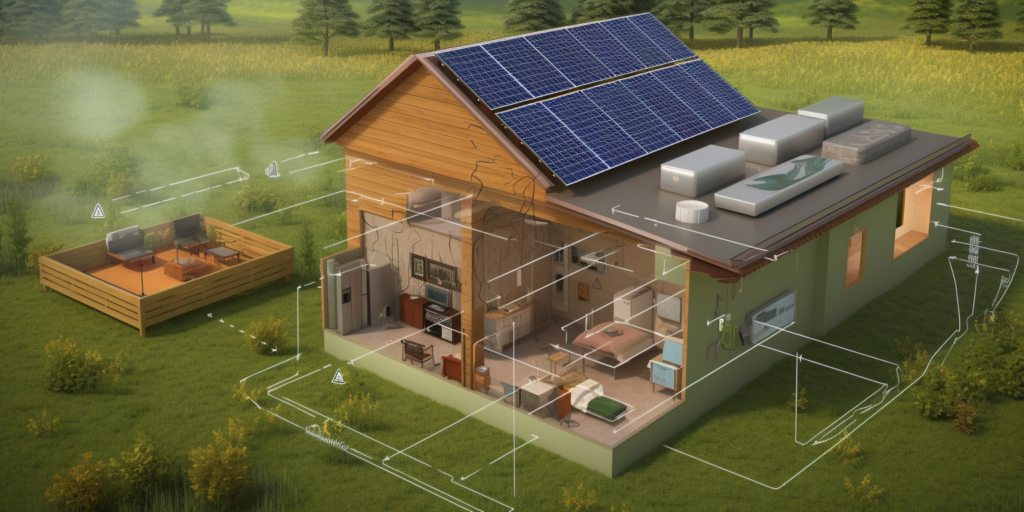
Key Takeaways
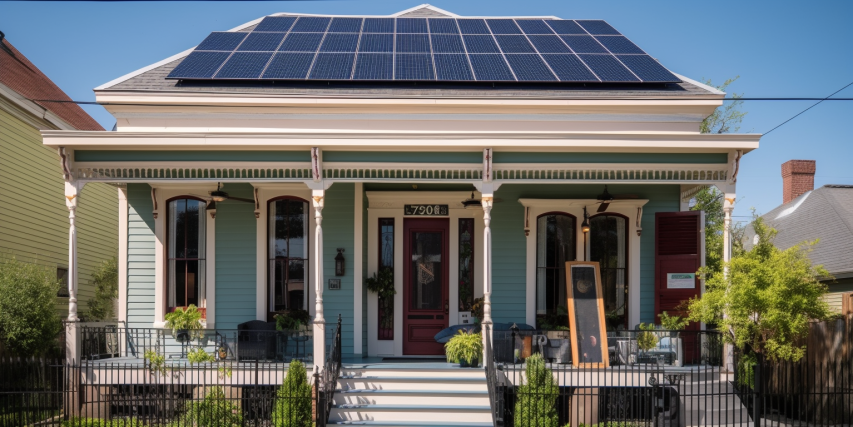
- Off-grid solar systems provide reliable and sustainable energy, reducing dependence on traditional power sources and lowering carbon emissions.
- Sizing an off-grid solar system involves calculating energy needs, considering location and climate, and determining battery and solar panel capacity.
- The installation process includes site assessment, solar panel mounting, wiring and connecting components, and testing and commissioning the system.
- Off-grid solar systems offer benefits such as lower electricity bills, increased energy self-sufficiency, environmental sustainability, and power during grid outages.
Understanding the Concept of Independent Power Generation
Understanding the concept of independent power generation is all about creating your very own energy, free from the constraints of the grid. It’s not just about cutting down on your energy bill but also reducing your carbon footprint. The beauty of independent power generation lies in saying goodbye to power inefficiencies that are common with grid reliance. By taking control of your energy, you can generate it exactly when and where you need it. This means you’ll experience fewer power outages, and the energy you produce is all yours. So, start exploring the world of independent power generation. You’ll be amazed at how much you can save and how much freedom you can gain.
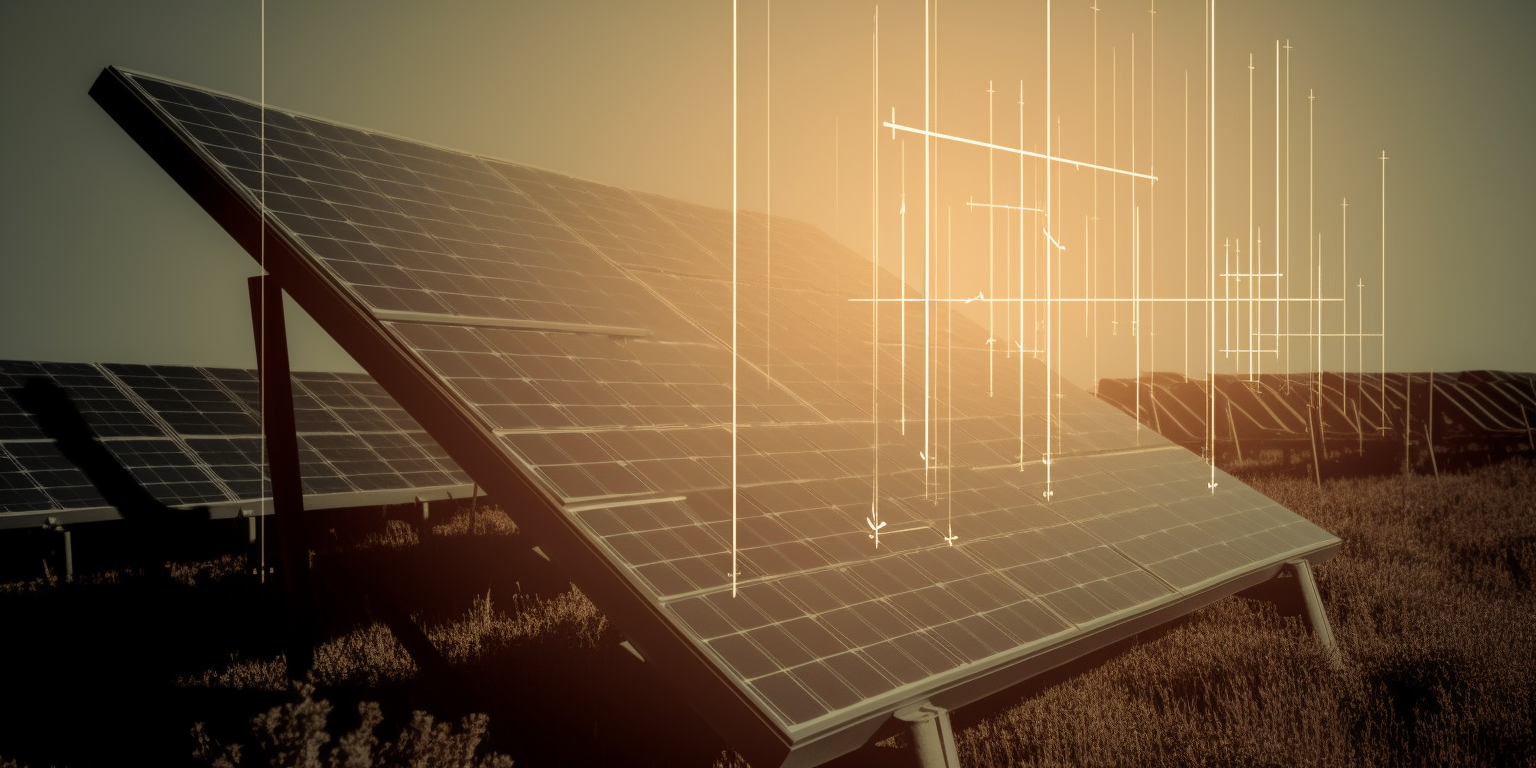
Components of a Self-Sufficient Energy System
Maintaining this setup is vital. Some System Maintenance Tips include routinely checking connections, monitoring battery health, and cleaning panels. This ensures your symphony of self-reliance continues to play beautifully, providing you with the power you need.
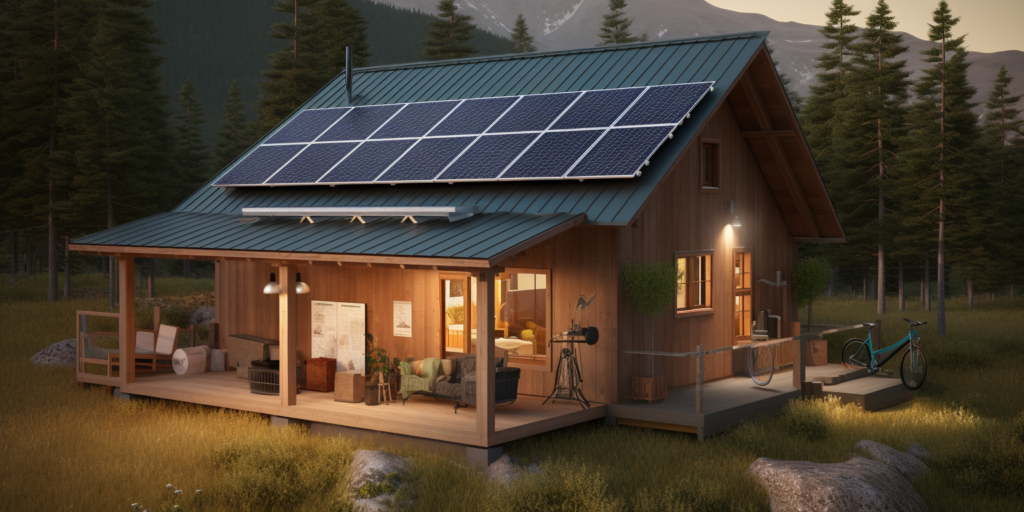
Like a symphony of self-reliance, your energy system harmoniously brings together several key components: the photovoltaic panels, the battery bank, an inverter, and a charge controller. These components work in concert to transform sunlight into usable power for your off-grid solar system.
- Photovoltaic Panels: These are your energy producers, converting sunlight into electricity.
- Battery Bank: Your Energy Storage Options, keeping power in reserve for when the sun isn’t shining.
- Inverter and Charge Controller: These regulate the flow of power, ensuring your system runs smoothly.
Advantages of Using Sunlight for Electricity
Harnessing the power of the sun for electricity certainly has its perks, doesn’t it? It’s not just about going green; there’s more to it. You’ll be amazed at how the sunlight efficiency and economic benefits can enhance your lifestyle.
You see, by using sunlight for electricity, you’re not only reducing your carbon footprint, but you’re also saving money in the long run. Plus, you’re contributing to job creation in the renewable energy sector. It’s a win-win situation, isn’t it?
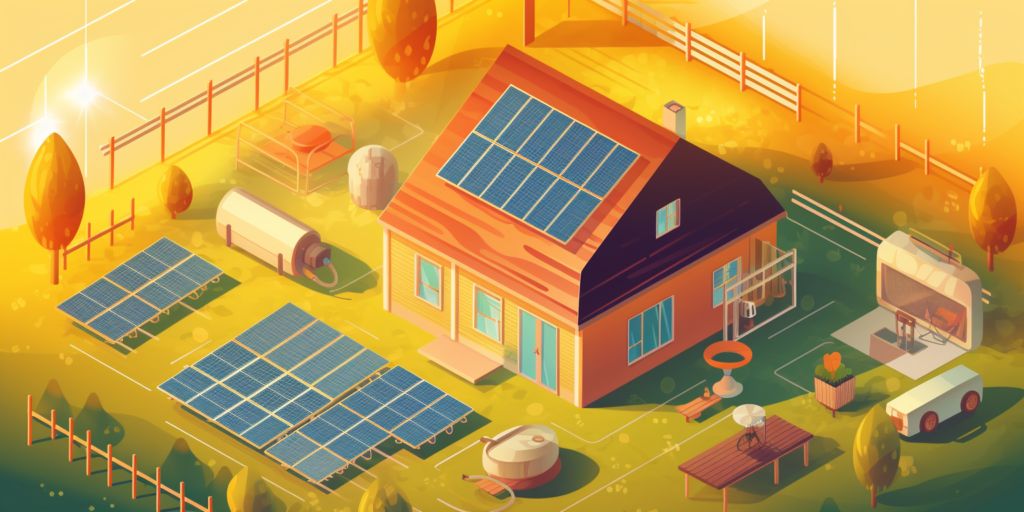
| High energy conversion rate | Significant cost savings |
| Renewable energy source | Tax credits and rebates |
| Reduces dependence on fossil fuels | Increases property value |
| Low maintenance costs | Energy independence |
| Can power your home day and night | Creates jobs in renewable energy sector |
Potential Challenges and Solutions
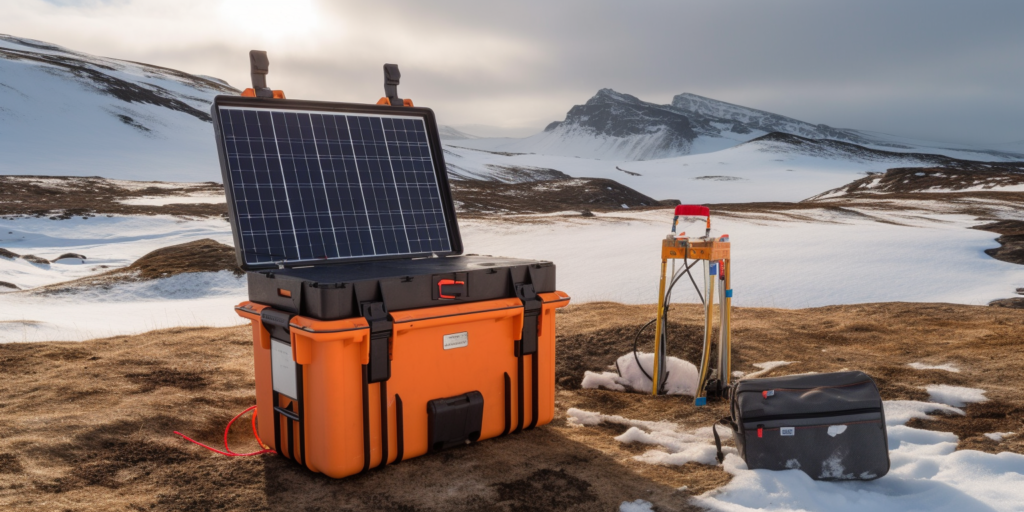
While it’s clear that sunlight for electricity has its perks, it’s also important to consider potential challenges and explore solutions to overcome them. One major concern with off-grid solar systems is system maintenance. Like any other system, solar panels require regular upkeep to ensure optimal performance. However, with the assistance of professionals and a maintenance plan, this challenge can be easily managed. Another challenge is the cost analysis. Initially, you may find the setup cost of an off-grid solar system to be high. But don’t let this deter you. Remember, it’s a long-term investment that will eventually pay for itself by drastically reducing your energy bills. Plus, there are various financing options and government incentives available to make solar energy more affordable. With careful planning, these challenges can be overcome, making solar power a viable option.
Making the Switch: Steps for Installation
Making the transition to renewable energy might seem like a Herculean task, but it’s actually a straightforward process with a few key steps. First, you’ll need to assess your energy needs to determine the size of the solar system required. Then, consider the installation costs. They may seem steep initially, but remember, you’re investing in long-term savings and self-sufficiency. Next, research your local permit requirements. Different locales have varying regulations for solar installations, so ensure you’re in compliance to avoid any legal hiccups. Once you’ve got the green light, you can proceed with the installation. Remember, it’s crucial to hire a professional for this task to ensure safety and efficiency. Lastly, maintain regular checks and services to keep your system running smoothly and optimally.
